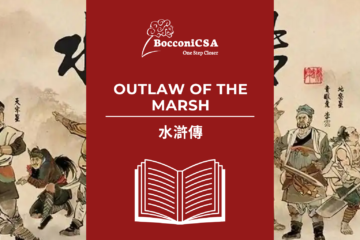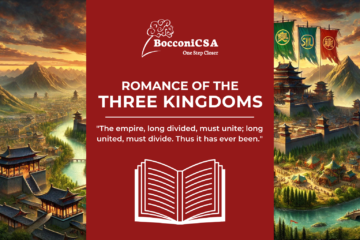Author: Lucy Dong
Bian Lian 变脸 (‘Face Changing’) is an ancient Chinese dramatic art originated in the 1930s. It is typical of the more general Sichuan opera which, instead, dates back to 1700. Bian Lian is a romantic method to reveal the inner thoughts and feelings of the characters in the play. Performers wear brightly colored costumes and move to quick, dramatic music.
They also wear vividly colored masks, typically depicting well known characters from the opera, which they change from one face to another almost instantaneously with the swipe of a fan, a movement of the head, or wave of the hand. They can change up to 10 masks in less than 20 seconds. Sichuan Opera masks are the most important part of the Sichuan Opera performing; they are treasures that the ancient opera artists work on together to create and pass down. The secret of the “face change” has been passed down from one generation to the next within families.
Traditionally only males were permitted to learn Bian Lian, the theory being that women do not stay within the family and would marry out, increasing the risk that the secret would be passed to another family. Thankfully today this has changed. Now it seems anyone can learn it by attending the Sichuan Opera School (although we imagine students are sworn to secrecy).
The colors of the masks represent different meanings. For example, the color black was originally referred to as a skin color. The black color mask represents courage and integrity, straightforwardness, and being resolute. Instead, the characteristics of the color red are loyalty, courage, and uprightness, so red is usually used in positive roles. Green masks are generally used to represent brave and violent characters, while purple represents being solemn, upright, and serious, as well as exhibiting a sense of justice.



0 Comments